Animals Native to France
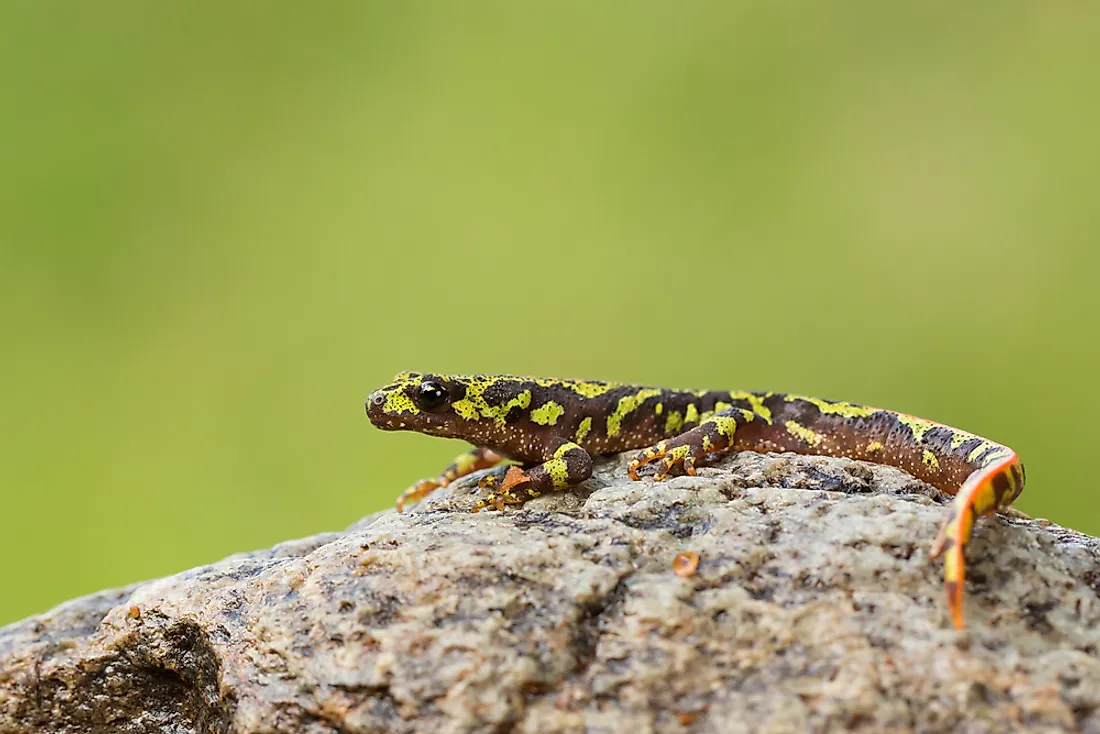
France is a country located on the western side of Europe which includes several territories and regions abroad. To date, 120 mammal species have been recorded in the country. Out of these species, two are classified as endangered and one is classified as critically endangered. Thirteen of them are classified as vulnerable, one of them is extinct, while four species are almost threatened.
10. Harbor Seal
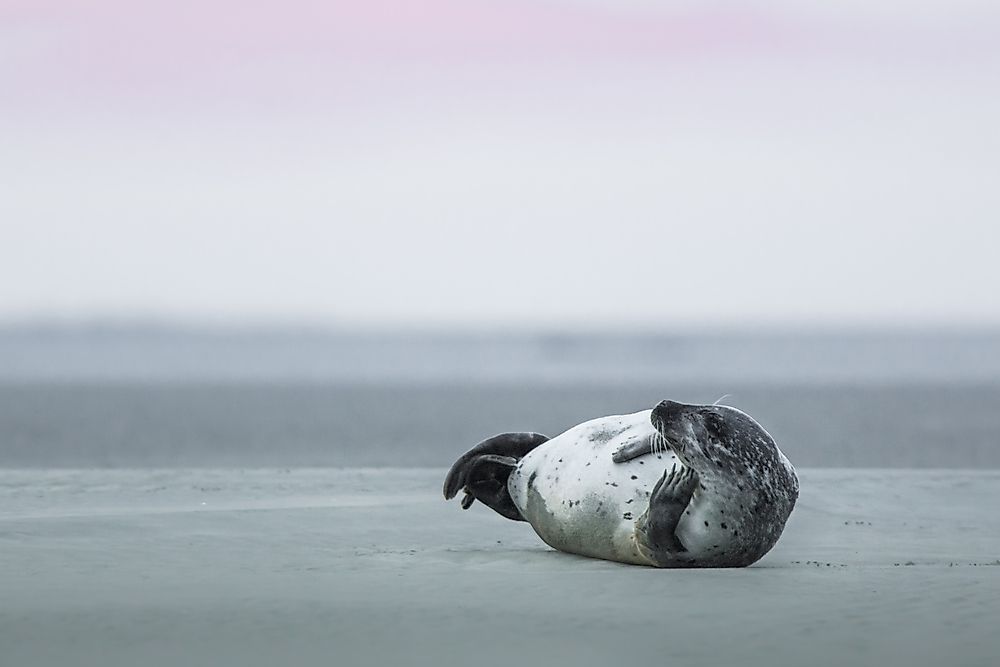
Also known as the common seal, the harbor seal is a true seal belonging to the genus Phoca. Physically, the mammals can be brown, gray, tan, or silvery white with the nostrils have a V-shape. On average, adults have a length of around 6.1 feet and weigh about 290 pounds. Most of this weight is made up of blubber below the skin that serves to regulate body temperature. On average, females have a lifespan of between 30 and 35 years while males average between 20 and 25 years. They feed on fish such as salmon and squid.
9. Roe Deer
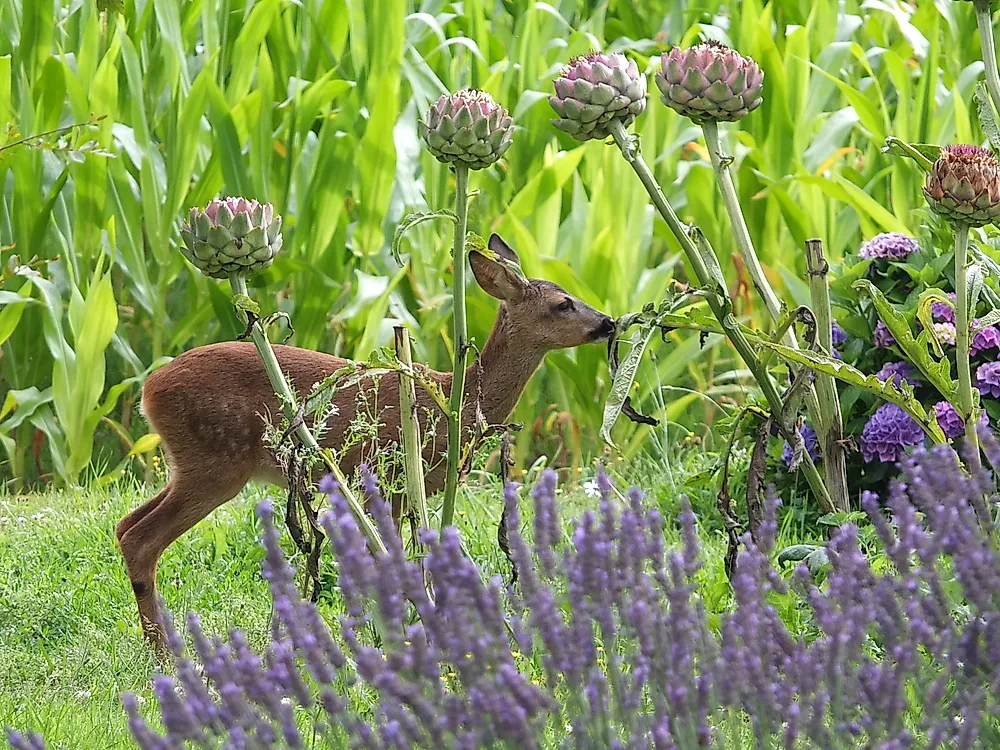
The roe deer is Eurasian and has a relatively smaller size compared to other members. The body length is between 3.1 and 4.4 feet with a height of between 2.1 and 2.5 feet. The weight averages between 33 and 77 pounds with their antlers capable of growing up to 10 inches. This deer, which is typically reddish or grey-brown, is spread all over Europe. The crepuscular animals prefer young, tender, and succulent grass although they also eat other grass, young shoots, leaves, and berries. Interestingly, they will not eat grass that has been sullied by livestock. In the wild, they may live for up to 10 years.
8. Alpine Marmot
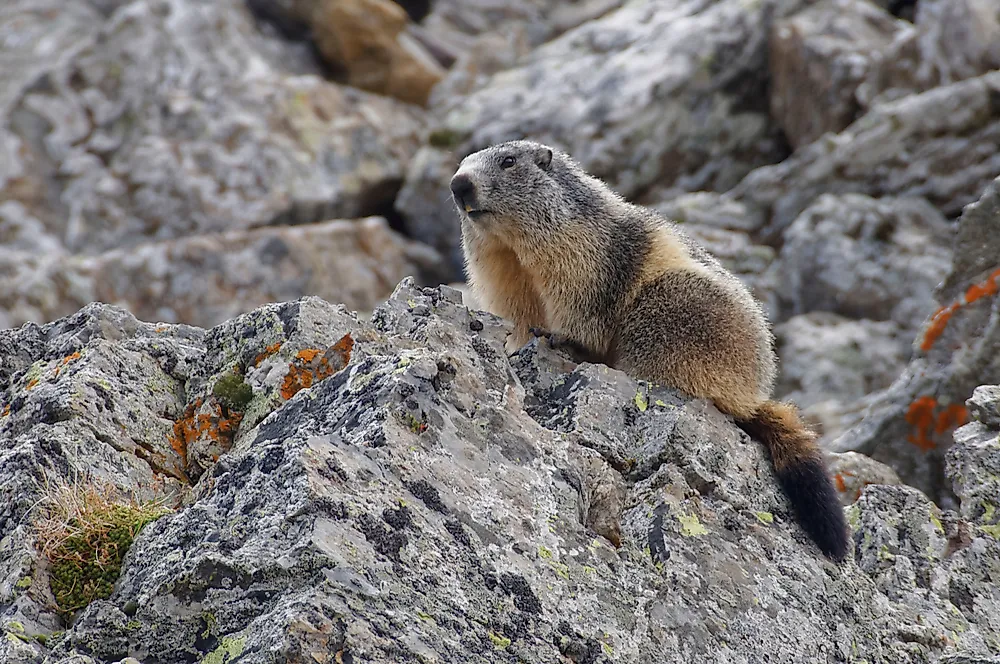
The alpine marmot is a species that likes to live in mountainous regions of south and central Europe at a height of between 2,624 and 10,498 feet. At the shoulder, adults may have heights of up to 7.1 inches, have a length of between 17 and 21 inches, and a tail measuring between 5.1 and 6.3 inches. During spring and after hibernation, they have lower weights of between 6.2 and 7.3 pounds while fall weights are between 12 and 18 pounds. The animals feed on vegetation like herbs and grasses as well as insects, spiders, worms, and grain. Young succulent plants are the preferred food.
7. Eurasian Pygmy Shrew
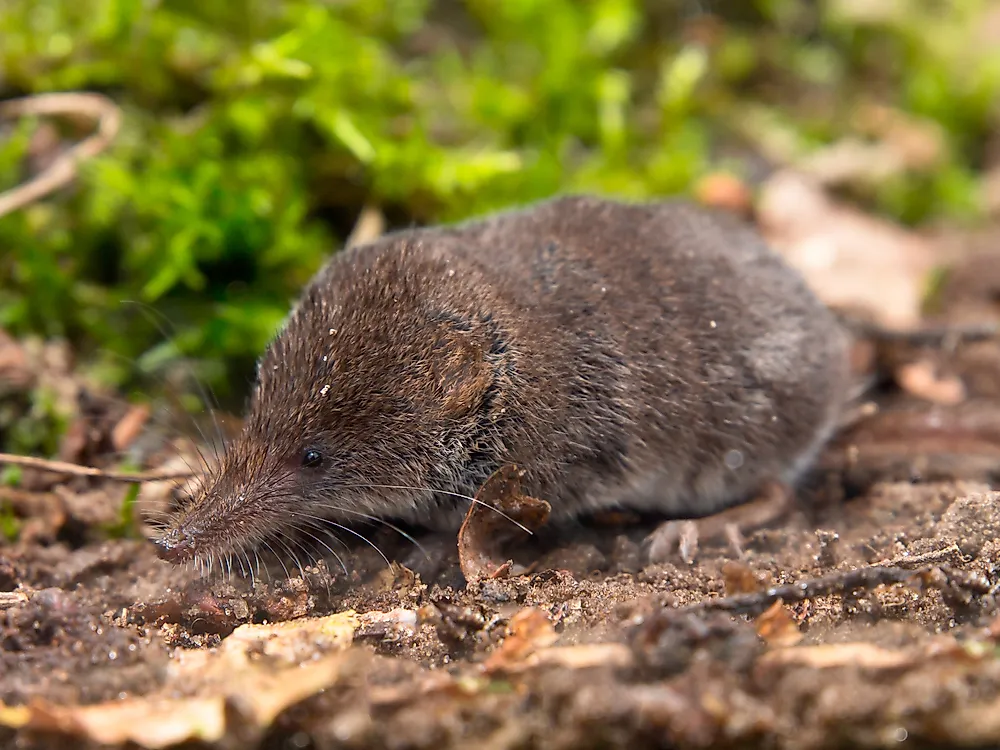
Also called the pygmy shrew, this shrew is spread widely in northern Eurasia. This diminutive animal has a tiny weight of only 0.14 ounces although it has one of the highest rates of metabolism. For this reason, it has to stay active through the day and night as it must eat every two hours or risk death. The diet mainly involves small insects as well as invertebrates while its habitat is set in leaf clutter and undergrowth. The females are ready for reproduction between April and August and give birth to a litter of between two and eight young ones. The gestation period is a little over three weeks.
6. Garden Dormouse
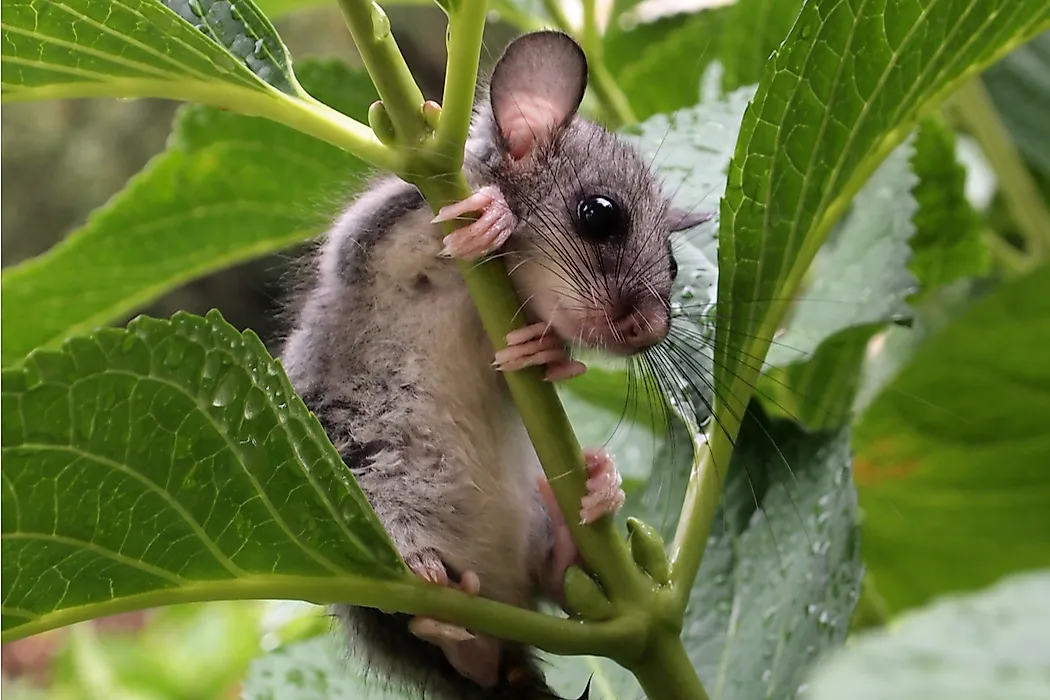
This small rodent has a length of between 3.9 and 5.9 inches with tails averaging between 3.1 and 5.7 inches. The weight is equally small with a range of between 2.9 and 4.9 ounces. The fur is usually brown or gray with the underside being white. The regions around the eyes have distinctive markings that are used to identify the animals. Other features include large ears, the white tassel at the tail’s end, and short hair. These nocturnal animals sleep in spherical nests and come out at night to feed on insects like grasshoppers, snails, tiny rodents, spiders, and beetles.
5. European Mole
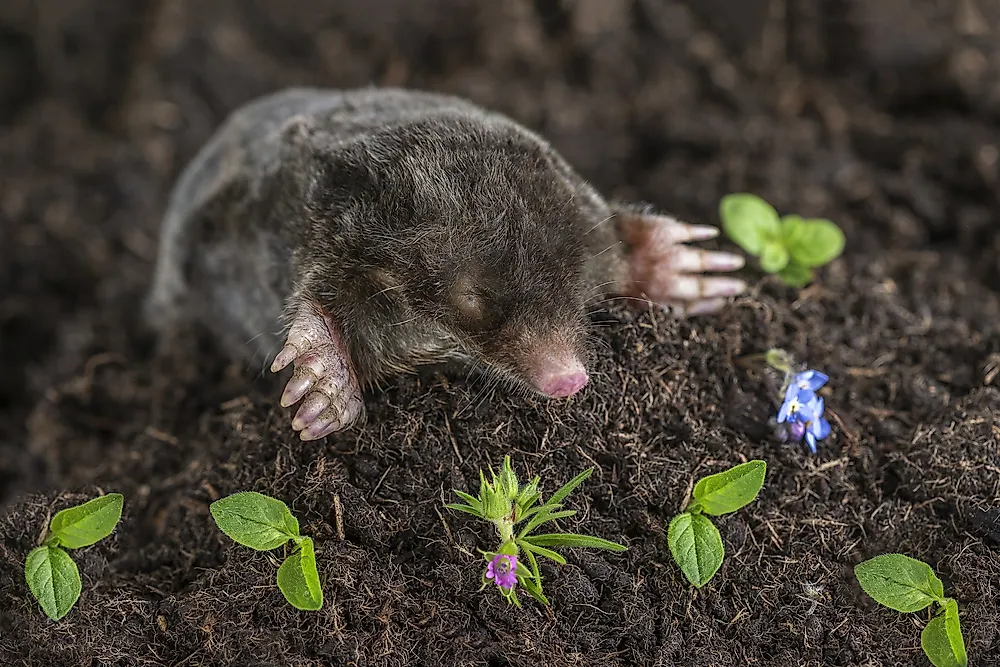
Also known as the common or northern mole, this mole has a cylinder-like body that has a length ranging from 4.3 to 6.3 inches and a weight of between 2.5 and 4.6 ounces. The males are usually larger than the females. The ears are tiny with small eyes that are hidden by the dark grey fur. In some places, they may be white, tan, light grey, black, or taupe. The rodents prefer to live in underground tunnels that they constantly dig. The main prey includes animals like earthworms, insects, mice, shrews, and centipedes. European moles use the toxins in their saliva to paralyze prey.
4. European Hare
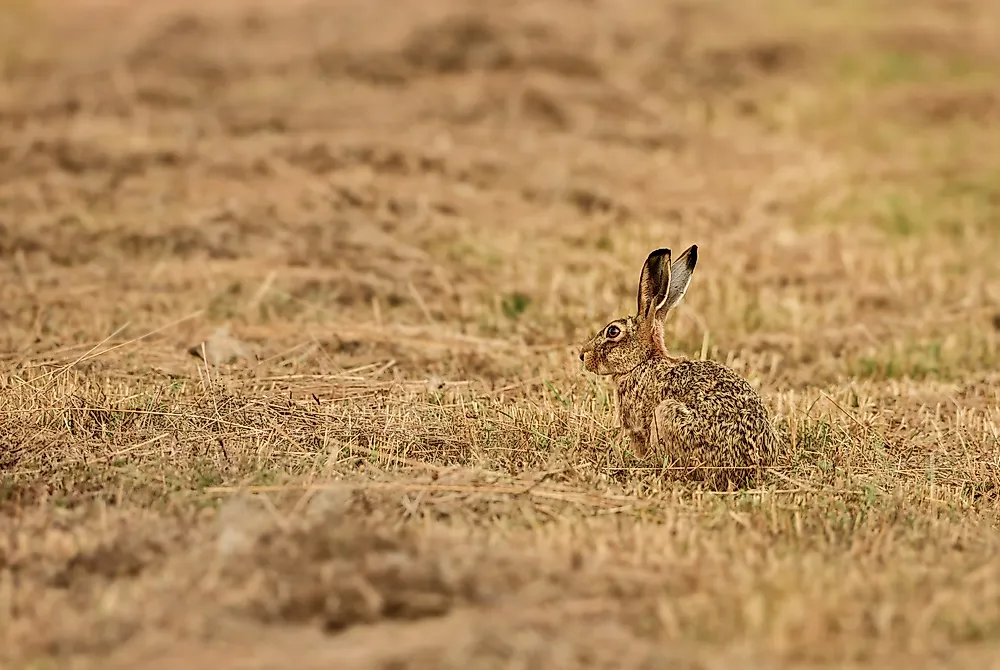
The European hare is one of the largest species of hare with an adaptation to the open country of temperate areas. This fast mammal has an average weight of between 6.6 and 11 pounds with an average body length of between 24 and 30 inches. The tail ranges from 2.8 to 4.3 inches while the ears range from 3.7 to 4.3 inches. The fur on the back is a grizzled yellow-brown shade with a white hue on the underside. The tips of the tail and the ears are black. The hare is herbivorous and prefers to eat herbs and grasses as well as twigs, bark, field crops, and buds.
3. Flamingos
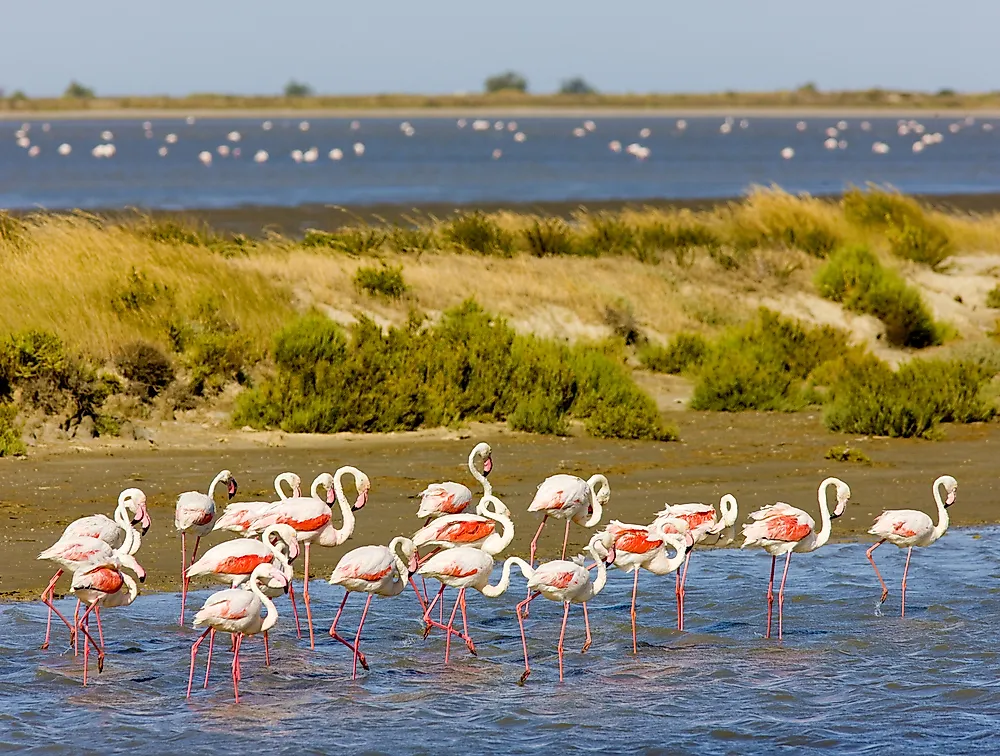
This bird is a wading bird with six different species. Flamingos are greyish-red when they hatch and then get their characteristic pink-reddish plumage as they get older. This hue is obtained from certain bacteria that is found in their diet, which typically includes larva, crustaceans, and mollusks. The birds also use their beaks to filter food like blue-green algae and brine shrimp. The tallest flamingos have a height of between 3.9 and 4.7 feet and can weigh up to 7.7 pounds. Their wingspans range anywhere from 37 to 59 inches.
2. False Killer Whale
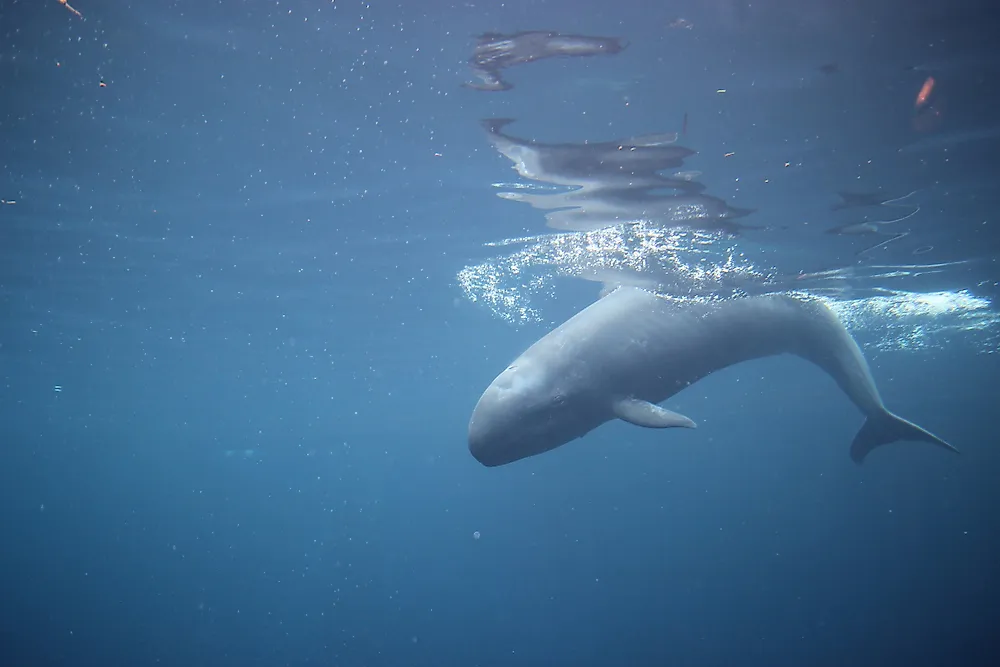
This mammal is a large dolphin that has a similar skull to the killer whale. This dolphin has a maximum length of 20 feet with varying sizes all around the world. With a maximum speed of 18 mph, this whale can dive to depths of 3,043 feet. The diet mainly includes fish and squid although it also eats other dolphins as well. The males are considerably larger with the potential of growing twice as big as females.
1. Marbled Newt
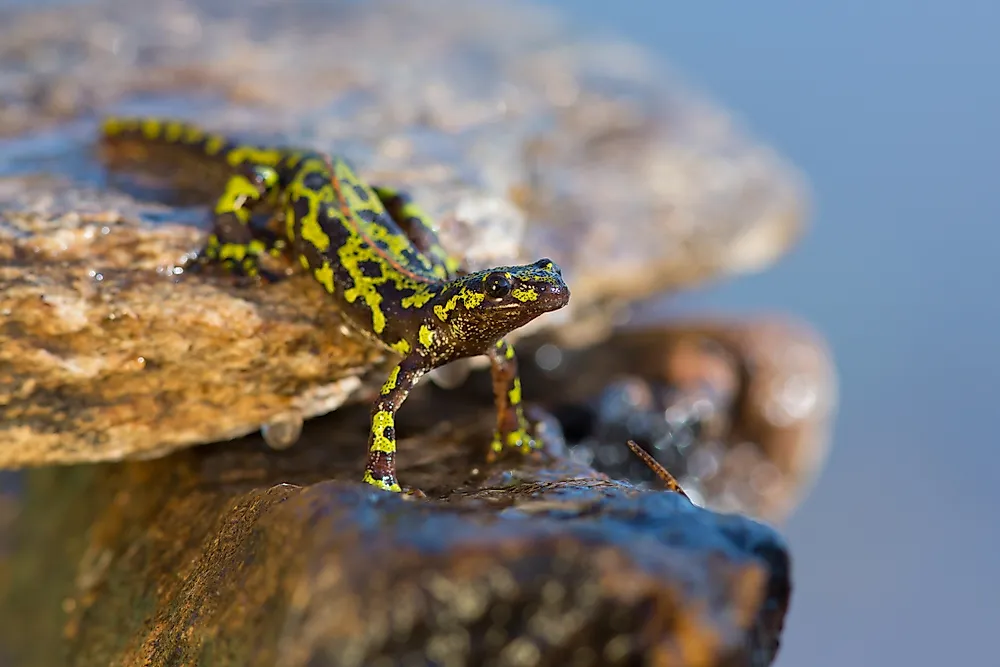
Native to Europe, the marbled newt has a dark brown or black body and patterns of green arranged irregularly on its body. They currently live throughout France and use the stars for navigation to breeding pools. Adult females have an orange line running from head to tail while breeding males have a big wavy crest from the neck to the tail’s tip. On average, adults are between 5 and 6.5 inches in length.











